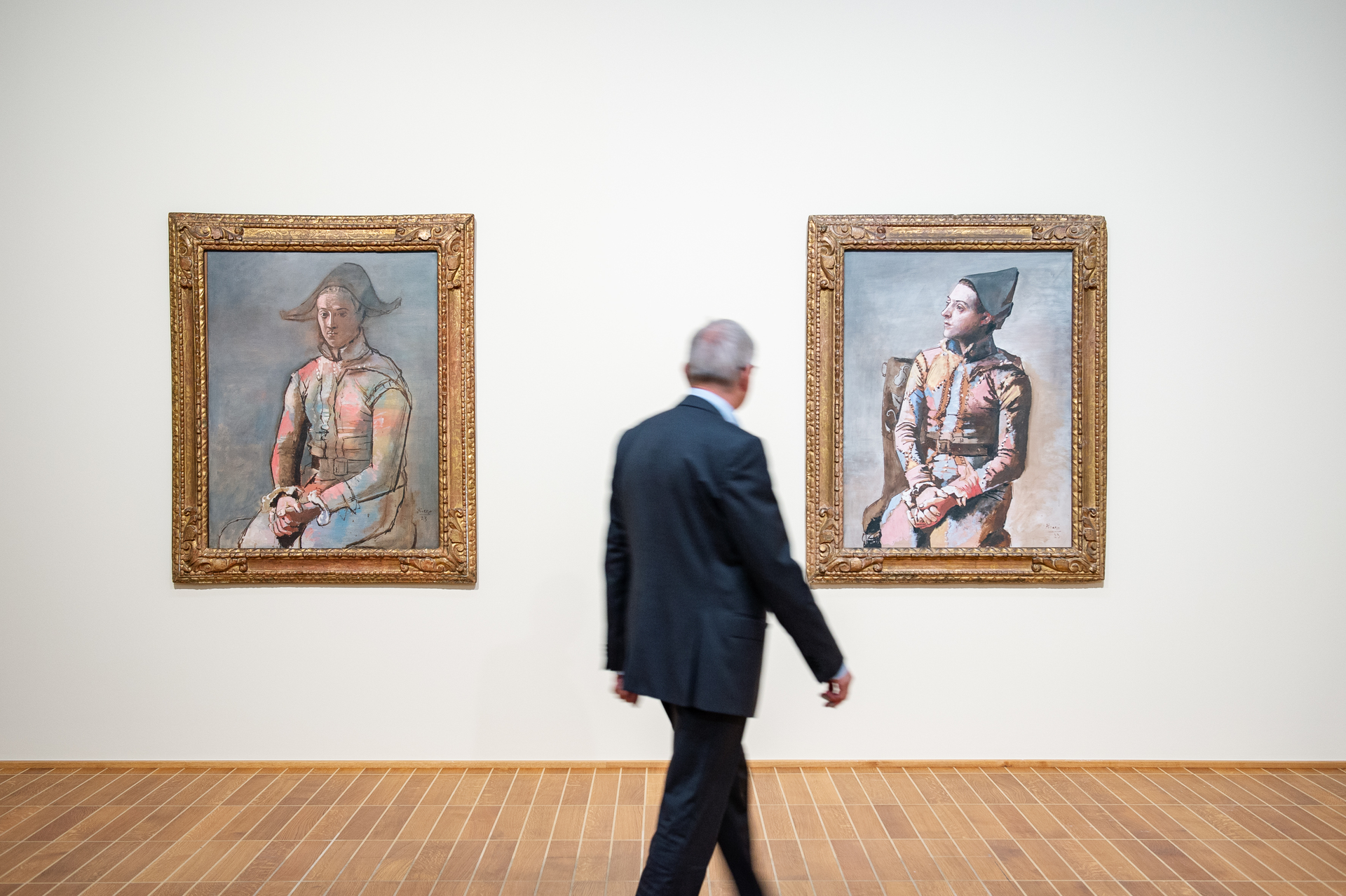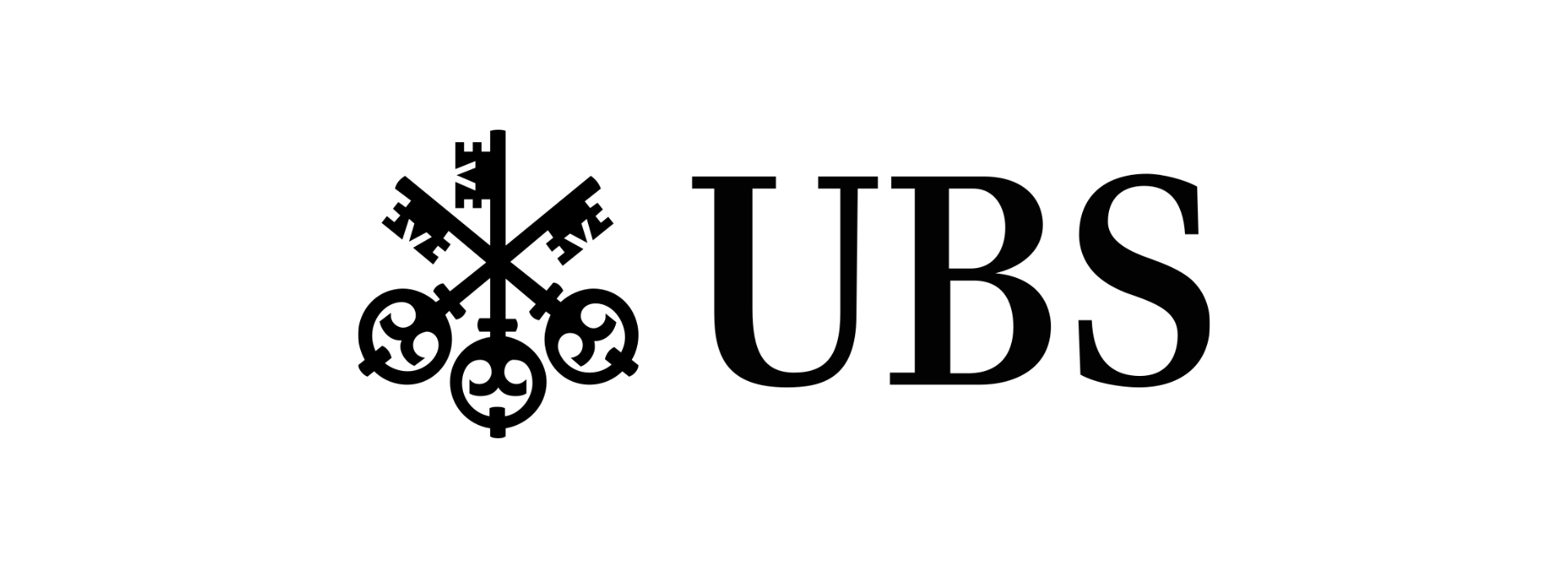Picasso, Chagall, Jawlensky
Masterworks of the Im Obersteg Collection
The third comprehensive presentation of the Im Obersteg Collection at the Kunstmuseum Basel zooms out from this eminent Basel-based private collection to examine its history and themes in its larger context, inquiring into the reception of Marc Chagall’s early oeuvre in Basel, the discovery of Chaïm Soutine in Paris, and Karl Im Obersteg’s role in Alexej von Jawlensky’s difficult final years during the Second World War. It also sheds light on Karl Im Obersteg’s ties to the Kunsthalle and the Kunstmuseum Basel and the impact of his work on both collections. The exhibition presents the Im Obersteg Collection with works that have not been on public display in some time and in dialogue with art from the Öffentliche Kunstsammlung Basel, the public art collection of Basel. Selected loans will accentuate key themes. Picasso’s monumental painting Arlequin assis (1923), which was the Im Obersteg Collection’s pièce de résistance for many years, was sold after Karl Im Obersteg’s death in 1969 and remains in private hands. For the first time in fifty years, we are now able to exhibit this masterwork surrounded by the treasures of the Im Obersteg Collection—and accompanied, needless to say, by its sibling, the Basel Arlequin assis.
Reflecting the trajectory of an individual’s life, the collection documents how an early enthusiasm evolved into a great passion and aesthetic preferences. The private collector is not guided by generally recognized criteria. Unlike the academic expert, he is free to stray into heterogeneity. Karl Im Obersteg’s strategy was to surround himself with art that thrilled and challenged him. Not content with adorning his walls with pictures that pleased the eye, he was fascinated by art’s transformative power, by the expressive force that came to life in the spontaneous act of creation. The owner of a trucking company by day, he dedicated much of his life to the study of art. Cultivating a network of sources, he had access to exclusive information on potential masterworks, which he purchased before the artists attracted wider attention. An intrepid explorer, he also sought out niche artists like Chaïm Soutine, who was laboring in virtual obscurity at the time. The fruit of his untiring efforts, which spanned more than five decades, was an art collection that combined personal predilections with international renown.
The exhibition also provides insight into Karl Im Obersteg’s activities during and between the two World Wars, including for the International Red Cross and the Allies, who commanded the allegiance of this admirer of French and English culture. With extensive contacts in the worlds of art, society, and politics around the world, he was a widely sought adviser gifted with diplomatic skills.

